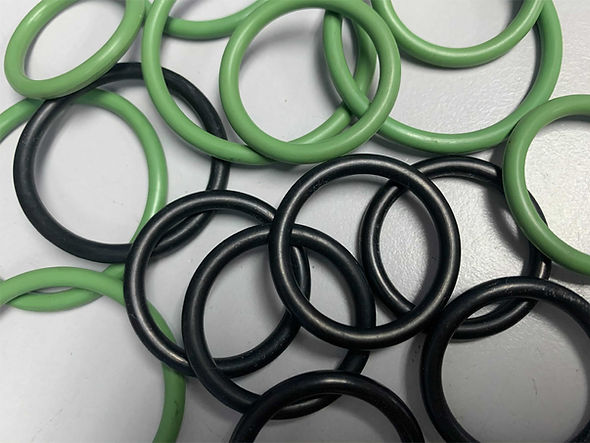An elastomer O-ring is used to seal both flat face and grooved face flanges. The essential sealing purpose is to ensure no escape of liquid, fluid, air or gas during system operation. The placing of O-ring is in the groove seat of the female flange and compressed in between two metal surfaces when the 4 Allan cap screw are tightened. The tight connection is formed.

Create barrier to a fluid’s potential leak path
It is deformable to ensure a tight seal in between steel to steel surface connection. Applying fluid pressure pushes the O-ring against the groove wall on the low pressure side and increases the sealing force. It requires very little room space to envisage as one very large molecule of macroscopic size and is light in weight. The O-ring is not affected when a different amount of compression connection is created as the metal to metal contact is generally allowed for.


Wide range application of pressure, temperature and tolerance
There is no critical torque on tightening and unlikely to cause flange structural damage. The O-ring has to withstand the mechanical working pressure to transfer hydraulic fluids. It is good for oil, fuel, and chemical resistance. The O-ring can be reused and the duration of life in the correct system application corresponds to the normal aging period of O-ring material.
